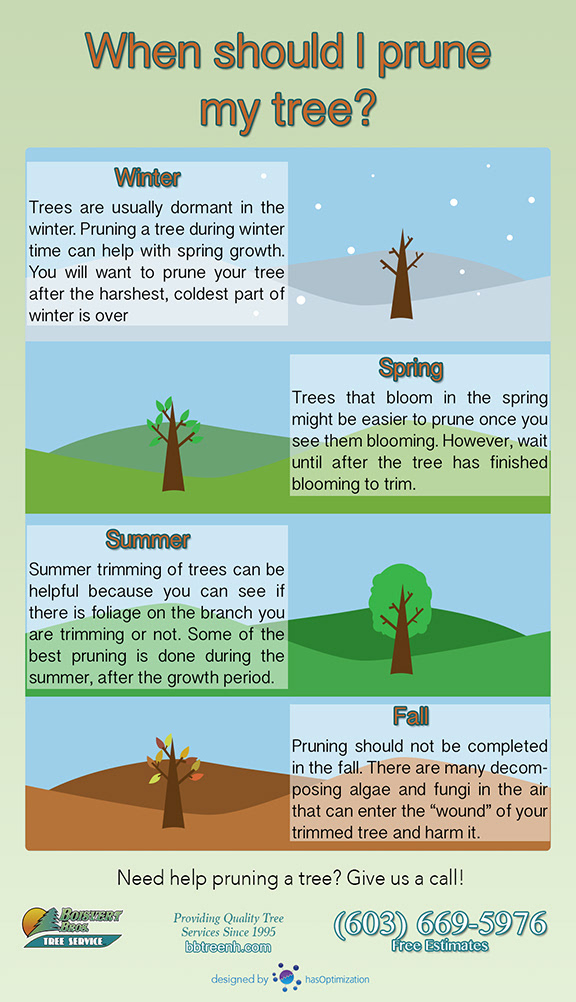Post-Tree Elimination Upkeep: Reliable Strategies For Landscape Remediation
Post-Tree Elimination Upkeep: Reliable Strategies For Landscape Remediation
Blog Article
Article Created By-Graham Mejia
After a tree's removal, your landscape might look rather different, and it's essential to examine the aftermath meticulously. You'll wish to assess the dirt disturbance and examine bordering plants for any type of signs of stress and anxiety. Overlooking these factors can bring about bigger issues down the line. So, what should you finish with those stumps and origins? And how do you pick the very best plants for your rejuvenated room? Let's check out these vital steps.
Assessing the Aftermath: Examining Your Landscape
After a tree elimination, it's essential to assess your landscape to understand the effect it has on your backyard.
Start by taking a look at the location where the tree stood. Search for signs of soil disruption, and examine the surrounding plants for any type of stress or damage.
https://www.google.com/maps/uv?pb=!1s0x87695392e3f6d517%3A0xc91102aef5ddf5d8!5sPrecision%20Timber%20Felling!15sCgIgARICEAE&authuser=2&imagekey=!1e10!2sAF1QipMpNPK5y5yUOF43-kc17x4jCqHaIbKGupQvv8wh ought to also remember of just how the removal has transformed sunlight exposure and air movement in your yard. This change can influence the growth of neighboring plants, so it's important to assess their health and wellness.
Think about the visual facets as well; the elimination could produce an open space that you can redesign.
Finally, think of any possible erosion problems that may emerge from the tree's lack. Resolving these variables early will aid restore balance to your landscape.
Managing Stumps and Origins: Choices for Removal
When you have actually examined the consequences of the tree elimination, you'll likely need to take on the stump and origins left.
How To Prune A Peach Tree have a couple of choices for elimination. One reliable technique is stump grinding, where a professional uses a device to grind the stump to below ground level. This approach leaves marginal disruption to your landscape.
If you like a DIY approach, you can utilize a mix of digging and chemical stump cleaners. Simply bear in mind, this process can require time and effort.
Alternatively, think about leaving the stump as a natural feature, which can serve as an one-of-a-kind yard component or habitat for wild animals.
Whatever you select, addressing the stump and origins is crucial for restoring your landscape.
Choosing the Right Plant Kingdoms for Your New Space
As you examine your newly gotten rid of space, selecting the right plants can considerably improve your landscape's beauty and capability.
Begin by considering the sunlight and soil problems. For bright locations, opt for drought-resistant plants like lavender or succulents. In shaded spots, ferns and hostas flourish well.
Think of the size and development habits of your plants; mix perennials and annuals for seasonal variety. Do not neglect to incorporate indigenous varieties; they need less upkeep and support local wild animals.
Team plants in strange numbers for a more natural appearance and develop layers for visual deepness.
Lastly, ensure you have a mix of colors and structures to maintain your landscape lively throughout the periods.
Happy planting!
Conclusion
To conclude, recovering your landscape after tree elimination is a gratifying procedure. By examining the aftermath, dealing with stumps and roots, and selecting the right plants, you'll produce a thriving environment. Don't fail to remember to integrate erosion control measures to shield your soil. With a little initiative and care, you can change your room into a lively yard that enhances your building. Embrace the chance to rejuvenate your landscape and delight in the elegance of nature right in your backyard!
